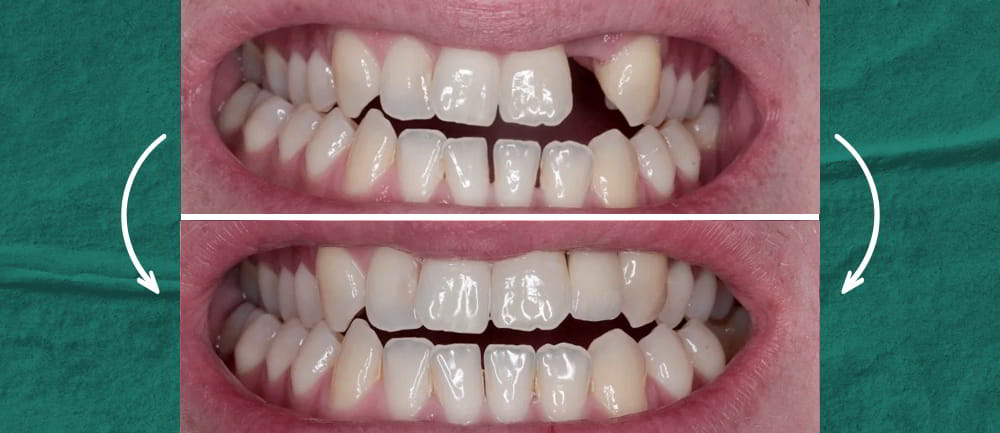It could happen to any of us, and as much as you’d like to think your teeth are invincible to the outside world, we can all succumb to tooth loss in the end. Tooth loss can occur from a variety of different dental problems other than old age. Although the elderly are the largest effected group, this is not the only way tooth loss can happen. Having poor oral hygiene or having direct oral trauma can all put you at risk of losing a tooth.
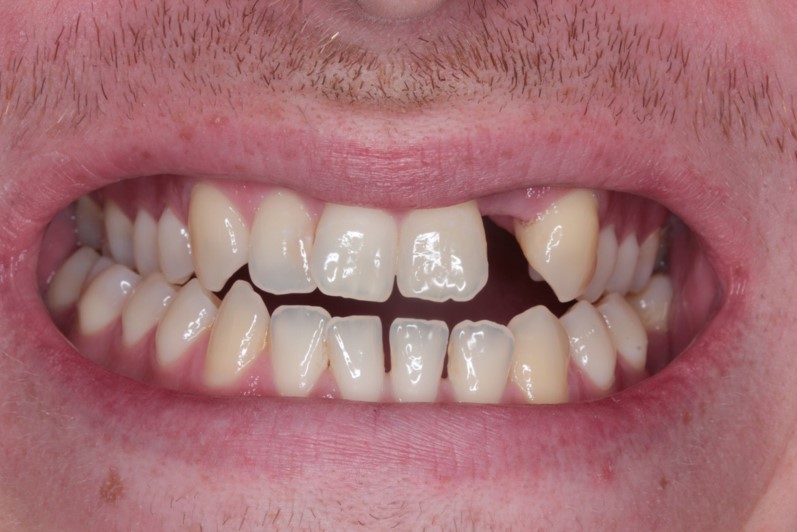
One of Dr Bagasi’s patients was suffering from a missing front tooth when he decided to seek out dental advice. This is where the consultation started, and after Dr Bagasi examined his mouth and the area where the missing teeth were, he began to discuss possible solutions for the issue. He left the patient with three replacement options: a partial denture, bridge, or a single dental implant. Having discussed the benefits and drawbacks of each, the patient was keen on a single dental implant simply because of its realistic and permanent nature.
Step one – starting implant treatment
Prior to the surgery, Dr Bagasi required some internal images of the jaw bone to plan the surgery around. This can be done with x-rays or CT-scans. While CT-scans are generally more detailed, they aren’t always required. For the single dental implant being planned for this patient, Dr Bagasi believed the x-ray was enough to view the jaw bone height. CT-scanners are fully available in our practices if they are needed.
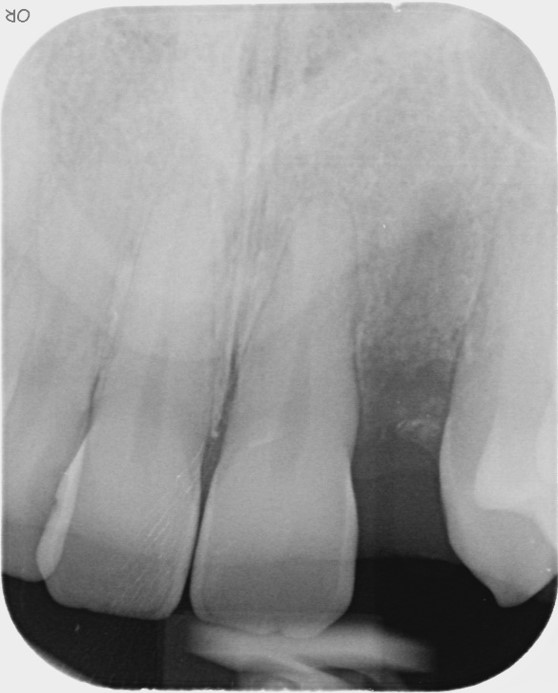
At the next appointment, the patient’s treatment was fully planned out and drafted into a concise document where all details of the treatment journey, risks, benefits, expected after results, and cost implications are discussed. This document is called a report, and it must be signed off by the patient in order for the surgery appointment to be booked. The patient was happy to consent here, which meant Dr Bagasi was quick to get the appointment booked in for him.
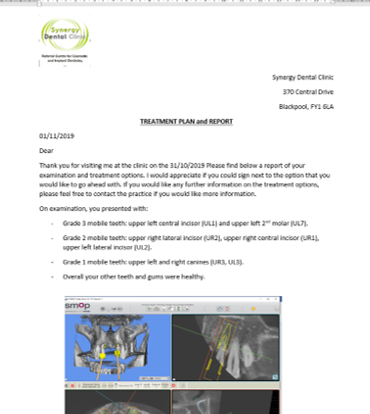
Step two – the surgery
As Dr Bagasi is a highly trained and experienced implantologist (as are many of our other implantologists), the surgery is usually the easiest and quickest step of the entire treatment. We are quick to reassure patients of this because it can be the most daunting part of the treatment for some. For this particular appointment, it was very unlikely to take longer than two hours as the standard is two hours per implant.
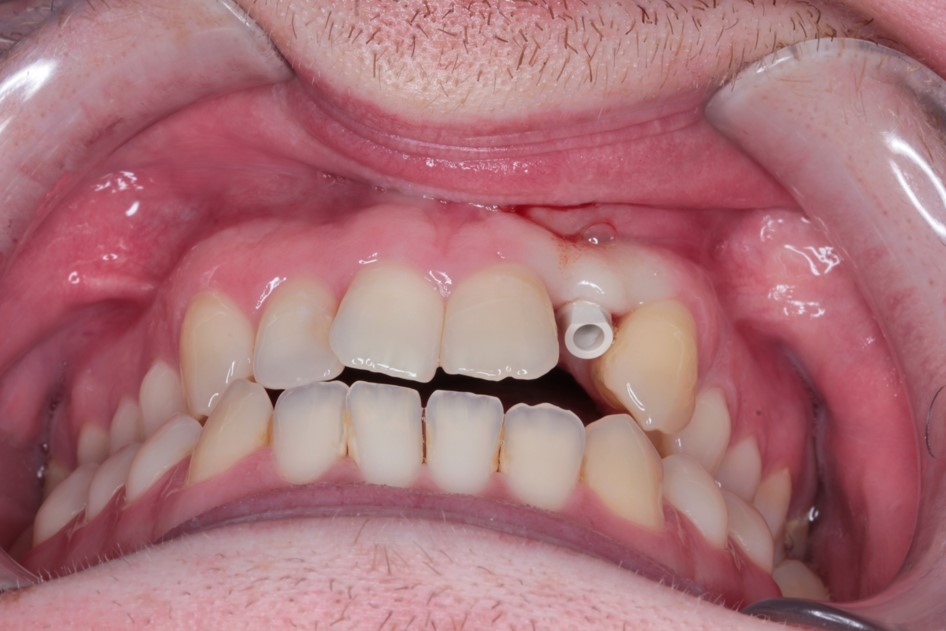
After the implants had been placed, the patient was given a temporary partial denture to fill the gap of the missing tooth while the implants had time to heal. Healing is very important for implants, as time (usually three months) needs to be set aside to allow the implants to fuse with the jaw bone to create the permanent fixture many people are looking for!
Step three – reviews and bridgework
Over a period of three months, the implant was monitored closely to make sure it was healing to a good standard. Once this period has finished and the implants were healing to Dr Bagasi’s expectations, digital scans were taken to send to our laboratory, whereby the patient’s final crown was created.
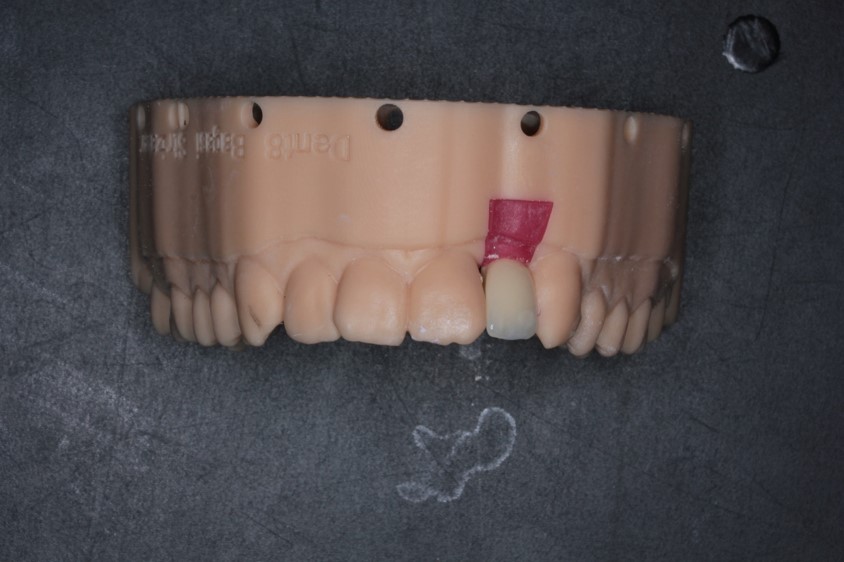

The final teeth can be created using a mixture of digital scan imagery, using old pictures of the patient, or even their favourite celebrity’s smiles!
Step four – the final fit
On the final day of the treatment, the crown is fitted into the patient’s mouth and they are presented with the end results. It’s not uncommon for this to be a very emotional time for patients because our smiles mean a lot of us. How they look generally affects our confidence in ourselves.
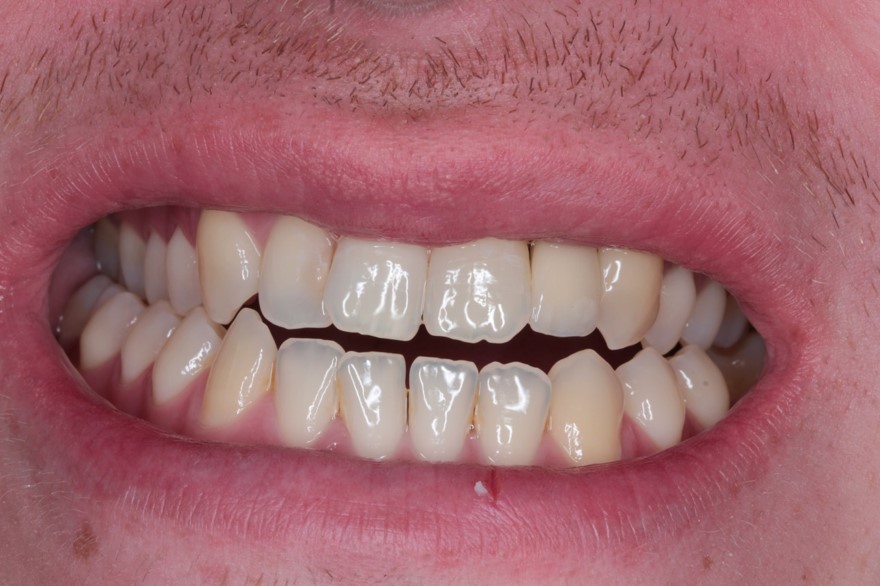
This patient was incredibly happy with the end results, and couldn’t wait to show off his completely transformed smile!
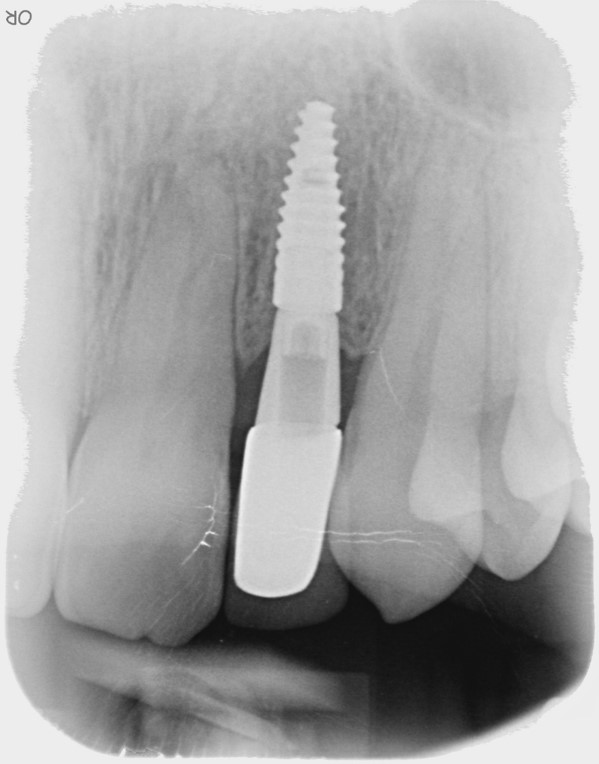
Unsure about your dental health? Call your nearest Synergy Dental Clinic and we’ll be happy to help.

